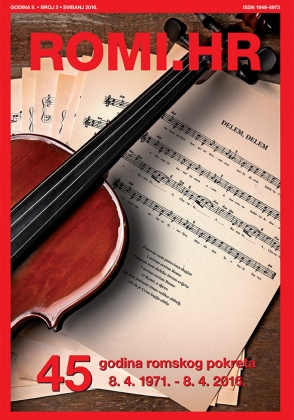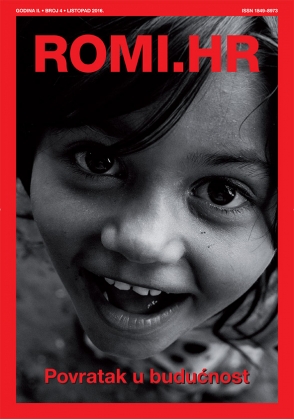Focus ROMI.HR
/The unique status and administrative regulations of the Roma in the Ottoman Empire, often referred to as Kıpti or Çingene, are detailed in various archival documents, revealing their distinct legal and tax obligations compared to Muslims and Christians.
Various pieces of information about the Roma can be found in Ottoman archival documents, from which we learn that the Roma were sometimes referred to as Kıpti or Çingene. The Ottoman Empire associated the Roma living in Istanbul and Rumelia with the Roma Sanjak, centered in Kırıkkilse (Kırklareli). Due to their nomadic lifestyle, Due to their nomadic lifestyle, it was not possible to know exactly how many Roma lived there. Additionally, their nomadic way of life hindered the Ottoman Empire from regularly collecting taxes from them. To address this issue and to force the Roma to adopt a settled lifestyle, the Ottoman Empire allocated land to them.
Documents about tax collection reveal that not all Roma in the Ottoman Empire were Muslim. The Roma were divided into two groups: Muslim and non-Muslim, both considered legally equal. In the Ottoman state, while the jizya tax was only collected from non-Muslims, it was taken from both the non-Muslim and the Muslims of the Roma community. However, both groups paid different amounts of the jizya tax. Additionally, the Roma had specific areas they were allowed to travel, and nomadic Roma were not permitted to leave their communities. Muslims and non-Muslims among the Roma were not allowed to settle together, or intermarry. If Muslim Roma mixed with non-Muslim Roma, they were also subjected to the jizya tax.
The Law on the Roma in the Rumelia Province (Kanunname-i Kibtiyan-i vilayet-i Rumili), enacted by Sultan Suleiman the Magnificent in 1530, helps to better understand the tax processes. This law stipulated the following:
1. Muslim Roma in Istanbul, Edirne, and other parts of Rumelia pay 22 akche per household and each unmarried individual, while Christian Roma pay 25 akche. Widows pay a one akche tax.
2. The wives of Roma from Istanbul, Edirne, Filibe, and Sofia who engage in unlawful professions pay a monthly tax of 100 akche to the judicial authorities.
3. Roma pay marriage fees and fines for crimes and wrongdoings, in accordance with the law, just like the rest of the subjects.
4. Roma who leave their judicial district and hide in another area, including backyards, are to be located, admonished, strictly punished, and returned to their district. The responsibility for finding and returning these Roma lies with the leaders of their communities, village mayors, and others suitable for this task. This ensures that they are present and do not hide when taxes to the sultan or special taxes are due.
5. The fines, usual taxes, and penalties for severe criminal offenses, along with the baduhava tax imposed on the Roma from the Roma sanjak, belong to the chief of the Roma sanjak. No local administration or military personnel should interfere, except for Roma recorded as villeins in prebends, fiefdoms, fiefs, and the sultan's lands.
6. Taxes on Roma from the aforementioned feudal lands are collected by the leader of the subject peoples. The chief of the Roma sanjak, regional chiefs in each province, the police, and others have no right to interfere.
7. If Muslim Roma begin to nomadize with non-Muslim Roma, live with them, and mix with them, they should be admonished and punished. Afterward, the infidel Roma continue to pay their taxes as usual.
8. The Roma with sultan's authorization pay only the sultan's tax (harach-i padishahi) and are exempt from land and other usual taxes.
9. The Roma in the Branichevo district and Smederevo region pay 80 akche per household.
10. The chief of the Roma from Nikopol province serves in the Nikopol region during wartime.
11. The Roma from the Nikopol province, who pay land tax per household, give 6 akche to their appointed representative as a fee.
12. During wartime, the chiefs of the Roma from Nish serve in the Smederevo region, while other feudal officers typically serve in the Pasha region.
The law highlights the Ottoman Empire's distinct and primarily discriminatory stance towards the Roma compared to other ethnic and religious groups. However, discrepancies between Roma's categories, except for those in the Roma sanjak, were not clearly defined.
 Back to Focus
Back to Focus













